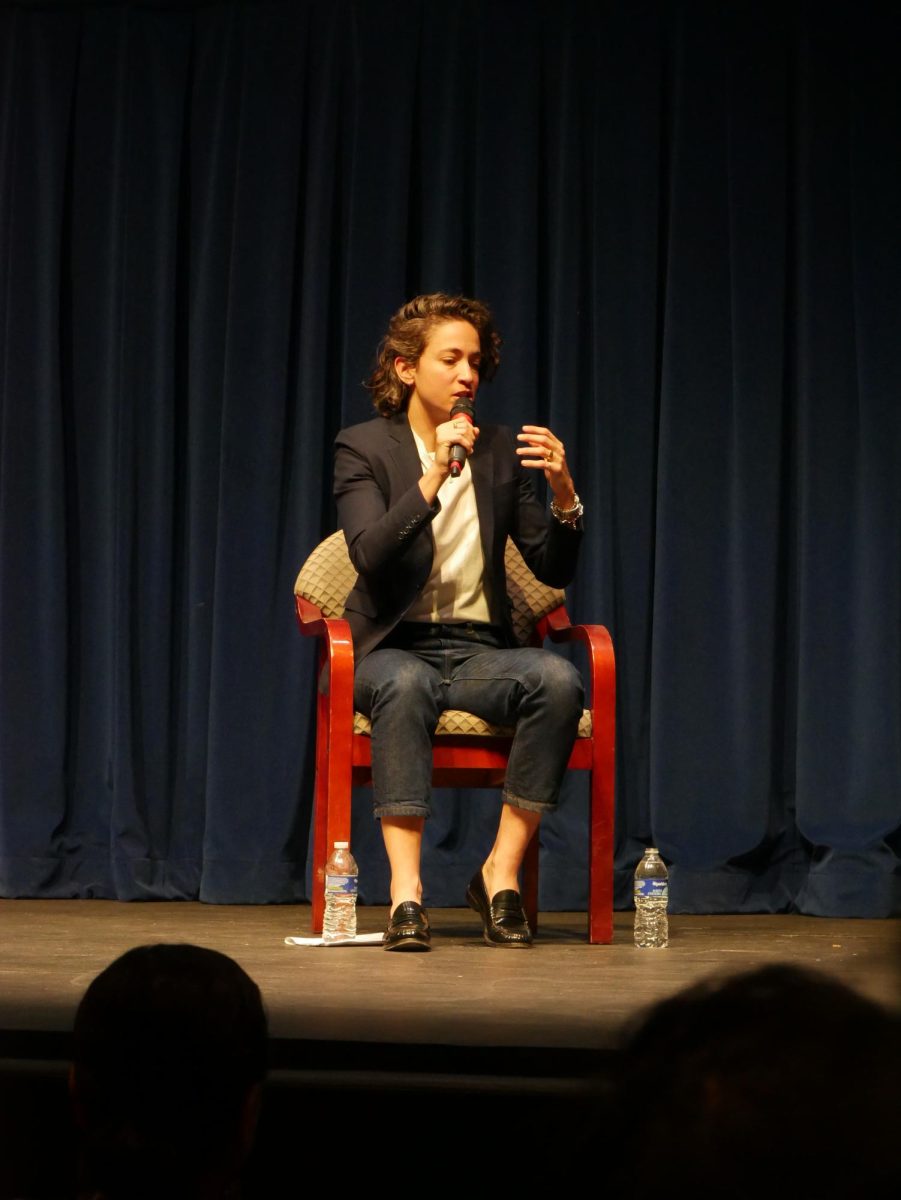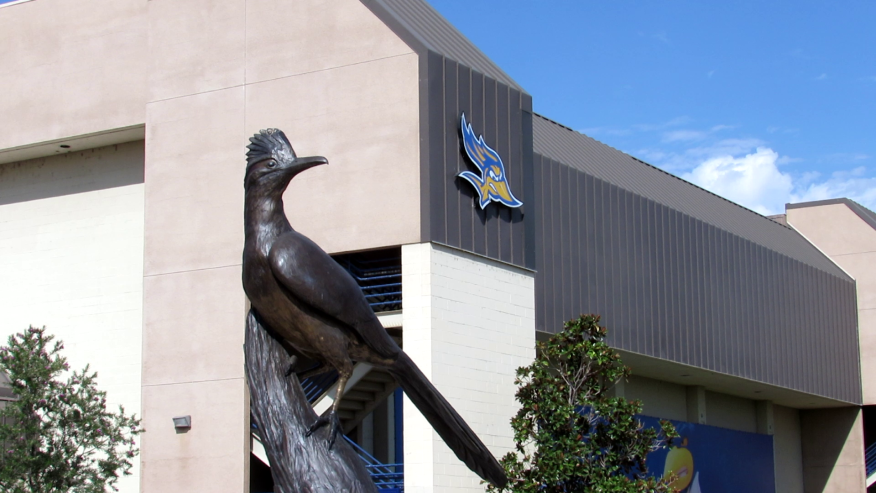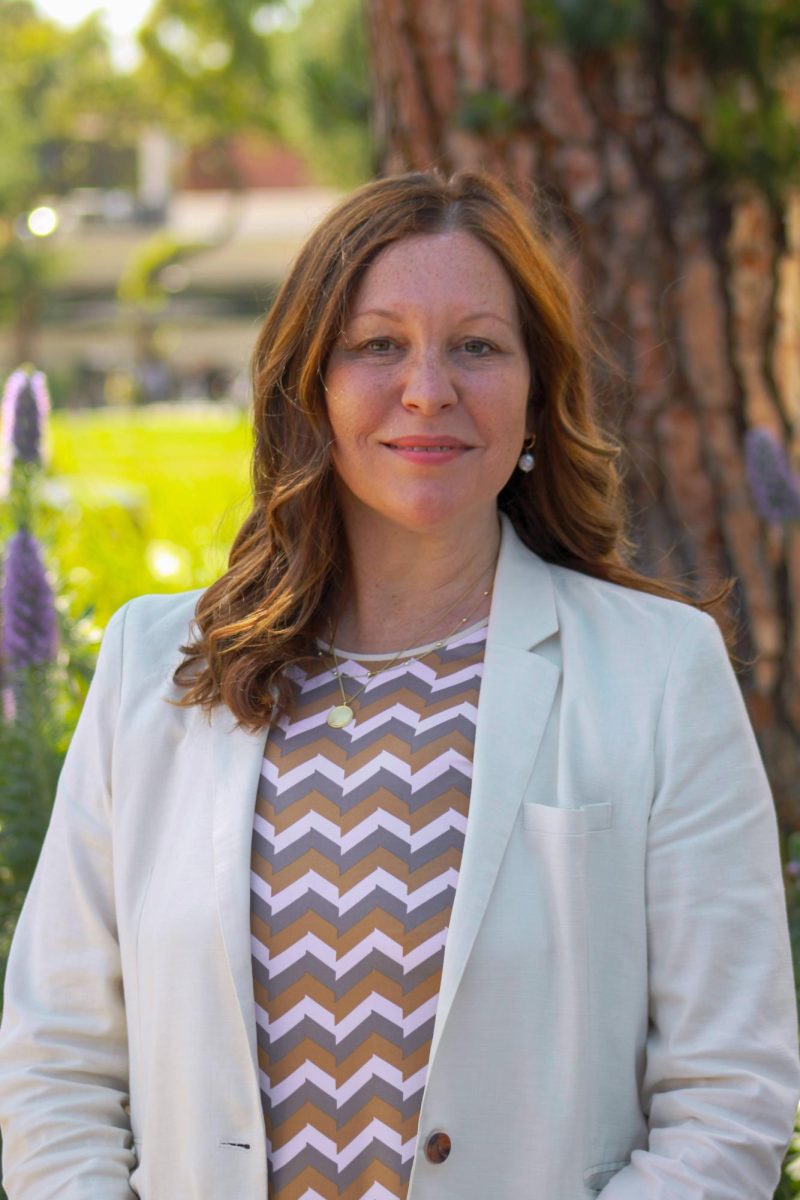By Michelle Bean
Staff Writer
With various construction projects on campus in-the-works and California currently suffering one of the worst droughts on record, officials at California State University, Bakersfield are discussing projects that affect campus water usage in both the short and long term.
One immediate improvement – new student housing being built on the east side of campus – involved water-wise landscaping from its inception.
“We made a conscious decision during that design process to be as sustainable as we could with the landscape,” said Patrick Jacobs, Assistant Vice President of Facilities Management.
According to Jacobs, the turf grass, which is planted in various stretches across most of CSUB campus tends to take the most water of any type of landscape. As such, unlike the rest of campus, the new facilities will not feature sprawling, water-guzzling lawns. With the exception of a few recreation areas between the buildings “all the other areas around the [housing] facility were intended to be plant areas and plants that were low water-use specifically,” Jacobs stated.
The housing project supervisor, Stephen Chamberlain, elaborated, “The plant palette for the project was carefully chosen to coincide with our California climate and includes multiple native and low water use species which are considered drought tolerant.”
Some of the drought tolerant vegetation on the site includes over 50 California sycamores, Feather Reed Grass, Bearberry, Fortnight Lily and several other varieties of shrub classified as low water-use, according to Chamberlain.
“These shrubs comprise the vast majority of the plant palette and enable a great reduction in the typical anticipated water use for this type of a project,” Chamberlain said.
In addition to establishing drought tolerant plant types, the project employs a water-conserving irrigation system.
“Using subsurface low-flow drip tubing, we are able to deliver water directly to the plant roots,” Chamberlain claimed. This system should reduce evaporation and allow for a slow water saturation and uptake.
The overall system combines subsurface irrigation with efficient spray heads, which can match weather patterns and include advanced flow management software.
Despite the vast improvements in water usage in these new facilities, many students are still concerned with the water use on the campus as a whole. Freshman computer science major, Job Gomez said he was concerned at the inefficient times during which the lawns are watered. “Since they want to water the grass they should do like early, at the crack of dawn,” Gomez suggested.
Facilities manager Jacobs agrees but points out that the number of sprinkler stations on campus makes watering everything during unlit hours impossible.
“In a perfect world I would be doing all my irrigation between about nine o’clock at night and about 4 o’clock in the morning,” Jacobs said, but reveals that the campus’ 1,000 sprinkler stations cannot all run simultaneously, leading to extended watering periods.
“Right now it takes us almost two and a half days to water everything once, so if we eliminated those hours during the day, we’d be irrigating once a week and things would die,” said Jacobs.
Another conservation option involves replacing current grassy areas with more efficient plant types like those included in the new housing facilities. The removal of several lawn areas is being seriously considered by Facilities Management. This complicated and expensive process would involve removing the turf grass, killing the underlying grass, replacing current sprinkler systems with more efficient drip systems, placing ground cover and installing new plants, all of which would cost between $50,000 and $100,000.
“I have put in for some grant funding for those three areas. So far none of it’s been approved and I don’t have the grant money to do it,” Jacobs said.
Furthermore, such a project would likely not yield significant conservation results for another five to seven years after completion, according to Jacobs.
An additional option to cut water waste is to use current sprinkler systems more efficiently by ensuring broken or misguided sprinkler heads are fixed as quickly as possible. When sprinklers break or spray beyond their intended areas, water often sits on sidewalks and in puddles unused. Gomez has also noted this oversight in water conservation.
“It’s on the pavement. It’s not even getting any use out of it,” Gomez declared.
The facilities staff constantly checks sprinklers to make sure they’re working in prime condition, Jacobs said, but expressed the need for more efficient methods to report malfunctions.
Jacobs said several people check the over 10,000 individual sprinkler heads on campus every day, “but part of the problem is that by the time they get from one end of the campus to the other, we’re already having problems back on the front end.”
A recent meeting of the Campus Master Plan Committee has suggested a solution to this problem: setting up a website where anyone on campus would be able to report water wasting sprinklers directly to facilities. With thousands of people on campus checking for water waste, this plan would enable repairmen to reach problem areas much faster than before.
Though additional improvements can still be made to make our campus a more drought conscious place, CSUB students, staff and faculty continue to enact positive changes which conserve much needed water.












